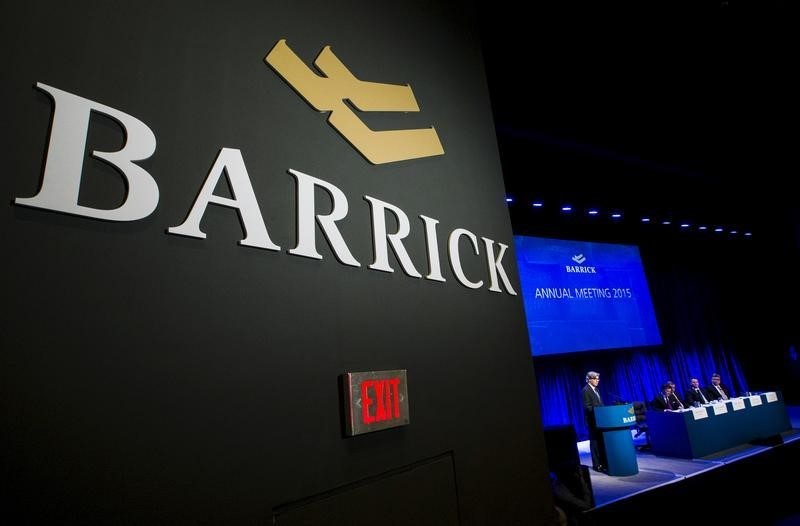* Gold has risen 20 percent so far in 2016
* Companies want to guard against gold retreat
* Also seek protection against currency volatility
By Clara Denina
LONDON, March 8 (Reuters) - This year's double-digit gold
rally is opening opportunities for smaller miners to sell future
output or tap markets for finance, aimed at paying back debt and
strengthening balance sheets.
Miners have been hit hard by plummeting commodities prices,
forcing them to cut jobs, capital expenditure and dividends.
However, bullion has risen nearly 20 percent so far in 2016
to a 13-month high around $1,280 an ounce XAU on concern about
financial and economic turmoil and a weaker dollar as markets
adjust to the prospect of deferred U.S. interest rate rises.
Selling forward, or hedging, is used to lock in revenue at
pre-determined rates and offers protection from falling prices.
RBC equity analyst Tyler Broda said by hedging or raising
capital, companies are guarding not only against a possible gold
price retreat but also volatility in local currencies against
the dollar, in which the metal is priced.
"You could see more hedging and more equity issuance ...
hedging is a prudent strategy if you are using it to secure the
balance sheet," Broda said.
Both strategies are primarily used by smaller miners,
looking to safeguard their future after a three-year price rout,
which took gold to near $1,000 an ounce.
Companies that have hedged so far include London-listed
Acacia Mining ACA.L which sold forward 136,000 ounces of its
Buzwagi mine in Tanzania for 2016 at a price between $1,150 and
$1,290 an ounce to mitigate cash flow risk associated with
potential falls in gold prices.
South Africa's Harmony Gold HARJ.J hedged local currency
against the value of around one third of this year's gold sales.
Capital raisers include Canada-based Kinross Gold K.TO ,
which raised $250 million to repay debt and Australia's Beadell
Resources BDR.AX raised A$50 million ($37.1 million) to fund
exploration and pay back some debt.
Some may think this is their best chance to lock in a
lifeline for the next six to 12 months, said JP Morgan Asset
Management Natural Resources fund manager Neil Gregson.
"The first stage for those companies that would like
healthier balance sheets is to try and issue equity and then, if
gold rallies around $200 more, we might see more on the hedging
side," he added.
But some of the higher-rated firms such as Randgold
Resources RRS.L or Newmont Mining (NYSE:NEM) NEM.N and Goldcorp G.TO
- traditionally do not hedge.
"When it comes to hedging or capital raising, a lot of the
medium-sized companies won't tap the market because investors
don't like it, they have been burnt in the past," said Markus
Bachmann, manager of Craton Capital gold fund.
Large gold mining companies like Barrick Gold ABX.TO and
AngloGold Ashanti ANGJ.J lost billions closing out hedges
during a 12-year rally that took gold prices to record highs
just shy of $2,000 per ounce in 2011.
"There is an increasing awareness among companies, although
they never fully learn, that maybe they need to focus on
operational excellence and maintain or increase your margins,"
Bachmann added.
(Editing by Veronica Brown and Susan Thomas)
